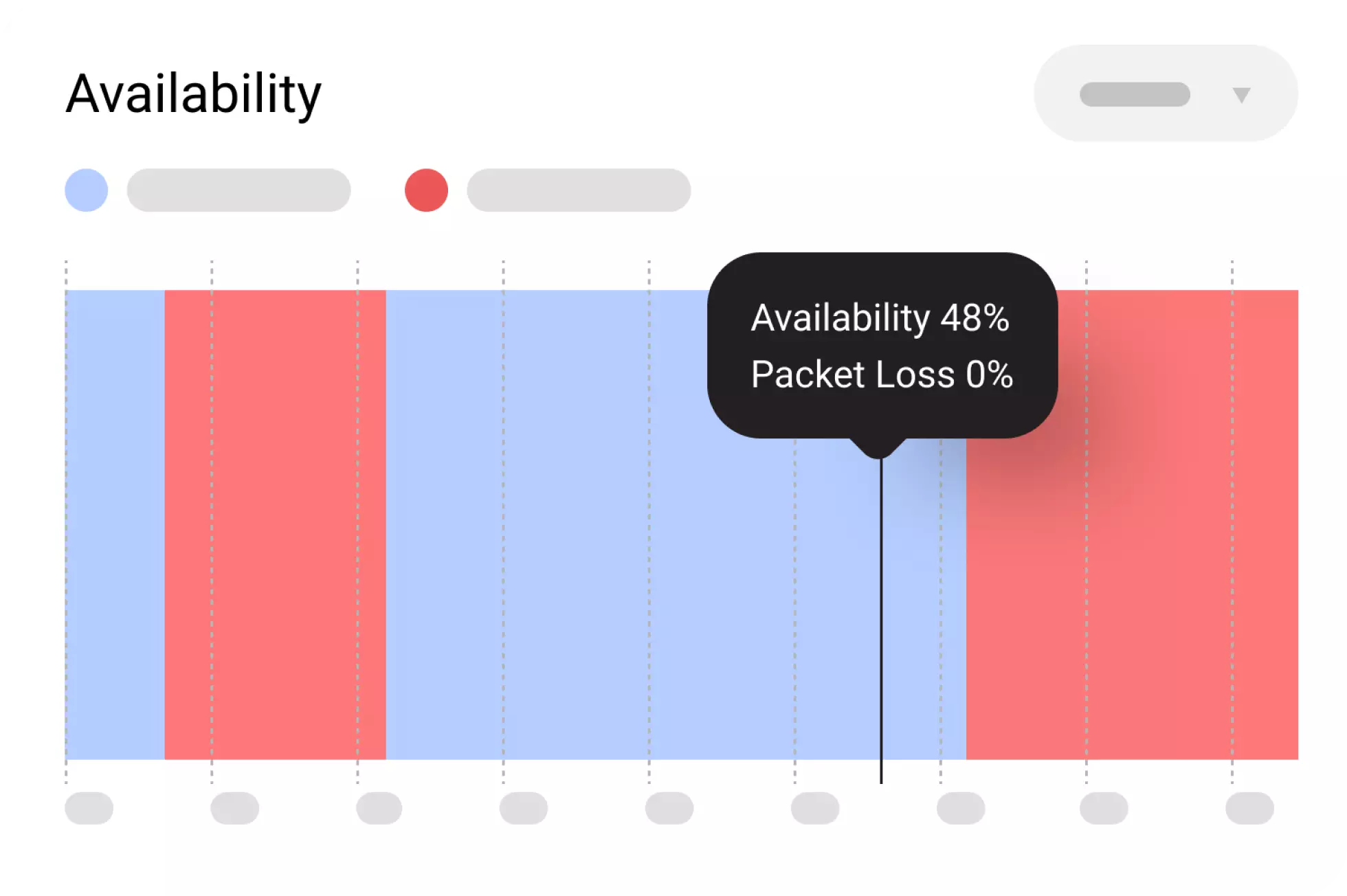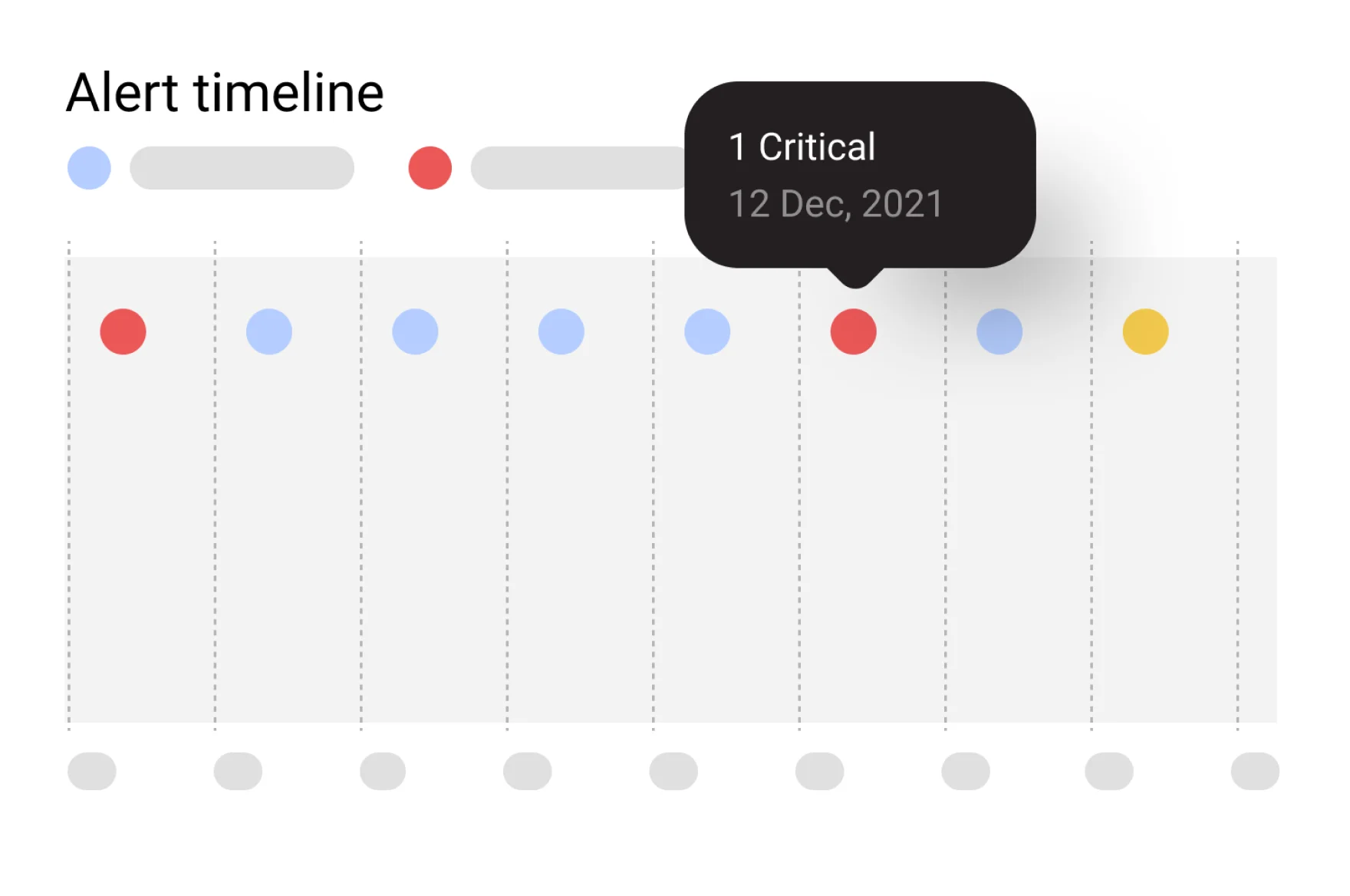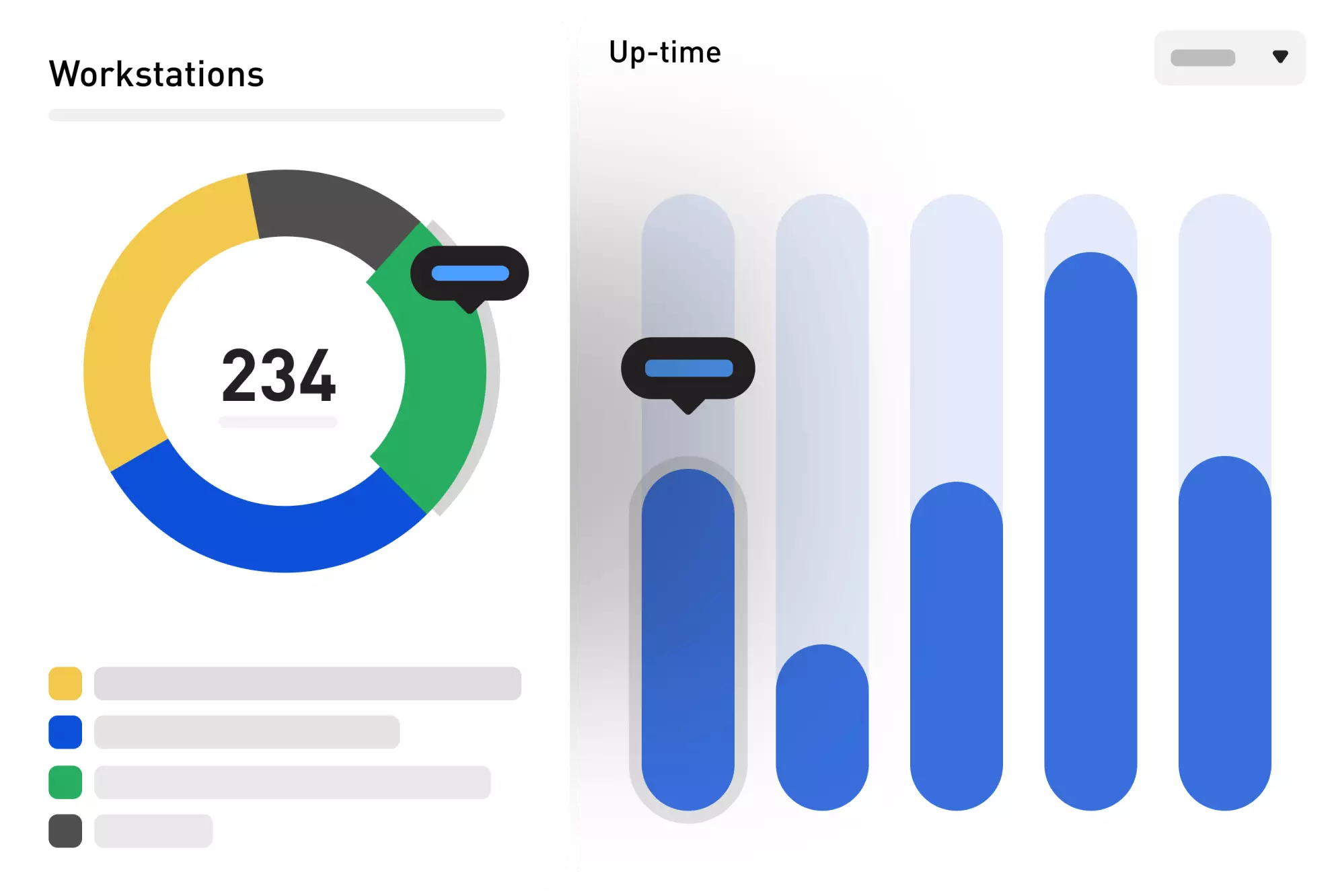

Avoid website and device incidents with unified uptime capabilities.
Different teams in remote locations using website and link monitoring tools? Use a single service availability tool with a single source of truth.
False downtime alarms proving to be a pain? Receive alerts only when it matters - with retries, sensitivity & timeout checks.
Unaware of website and device incidents until it’s too late? Get a website status monitoring platform to continuously assess uptime.
- Gartner
1M+ Availability Monitoring
50+ Protocol Support
100+ Enterprise Customers
Infraon Uptime is a unified SaaS platform to monitor your websites, network devices, servers and ports – all from one location. Keep a close watch on your remote business-critical IT infrastructure with multi-location assessment and get integrated incident management functionalities to resolve issues right away!


Infraon Uptime ensures that your teams can easily zero in on downtime issues with an intelligent alerting system. Send updates and push notifications to relevant teams through SMS, e-mail, Slack, etc. and get response time metrics to enhance your network and website performance monitoring capabilities.
Infraon Assets empowers you to understand each asset’s ROI in terms of spending, maintenance, and upkeep. You get access to potential costs about replacement, refurbishment, end-of-life, etc., to make informed purchasing decisions. You can also eliminate unnecessary expenses and show measurable ROI to finance departments.Infraon Uptime is a UI-friendly platform to monitor your websites. Get data-rich insights at your fingertips with a proactive monitoring dashboard that helps track alerts, SLAs, and other key metrics. It’s the bird’s eye view of your websites that you’ve been looking for!

Capture screenshots for error logging & analysis
Use an integrated incident management system
Ensure multi-location checks across location
Inbuilt workflows for a easier notification process
Evaluate brand reputation
Monitor domain certificate expiry
Infraon’s product suite is SOC2 certified – meeting world-class standards for data security, availability, processing integrity, confidentiality, and privacy.
24X7X365 threat monitoring to identify all issues
Anomaly alerts to eliminate likelihood of threats
Actionable analytics to improve security governance

When a website or piece of information is up and running, it is known as uptime. Uptime is measured in percentages. If your website has high availability, it represents 99.999% uptime, with an annual downtime of 5.26 minutes. The uptime monitoring procedure works by directing automated HTTP requests at a defined frequency to a particular URL and checking for the desired response. Usually, HTTP GET requests are sent. However, you can also use other HTTP requests.
Many uptime monitoring services are available, but not all of them are well-developed or suitable for your needs. So, you must select the one which fits your needs the best. Here are the three significant factors to consider:

Features: Ensure that the features of the uptime monitoring run parallel to your needs. For example, check if it provides 24/7 support? Does it give real-time alerts?

Ease of use: Make sure that the solution is easy to set up and use.

Prices The prices must be realistic for you and not intimidating.
When a network is fully functional, it is referred to as network uptime, and when it isn't, it is referred to as network downtime. It's assessed in percentages to ensure that the services are always moving in the direction of the end-users. Otherwise, your business will be affected.
Have you ever been stuck in a circumstance where you waited for a service from a person, and they struggled to help you because their computer was running slow? You might have wanted to leave. So, without a highly responsive and available network, users can’t access applications and data, or they might not do it quickly enough. That’s when we realize the importance of network uptime. Uptime protects your business from the consequences of crippling during downtime. However, even with plenty of precautions, systems can fail.
Both uptime and availability are often used in place of one another, but they refer to totally different concepts. Uptime is the measurement of system dependencies and is usually expressed as a percentage of time the server, computer, or system has been running or ready for use. On the contrary, availability is based on the probability that a system will generally work as required during a specific time.